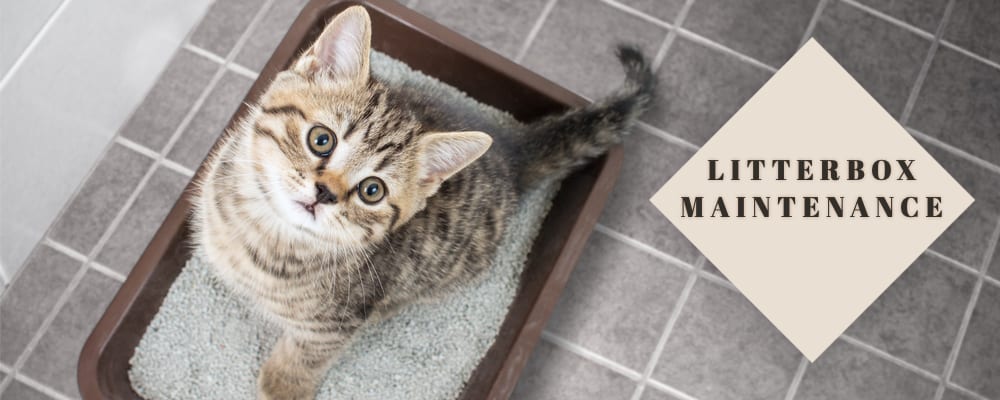Cats can be finicky about their bathroom habits, so unless you want to be dealing with a regular mess at home, keeping your cat’s litter box up to their standards is very important. The following suggestions should keep your cat from “thinking outside the box.”
How many boxes?
The general rule of paw is one litter box for each cat in the home, plus one more. That way none of them will ever be prevented from eliminating in the litter box because it’s already occupied.
It’s not possible to designate a personal litter box for each cat in your household, as cats may use any litter box that’s available. That means a cat may occasionally refuse to use a litter box after another cat has been in it. In this case, you’ll need to keep all of the litter boxes extremely clean, and you might even need to add additional boxes. However, it’s best not to place all the boxes in one location because your cats will think of them as one big box and an aggressive cat may ambush other cats that are trying to relieve themselves.
Covered boxes
Some people prefer to provide their cats with a covered litter box. While covered boxes can increase privacy and decrease the amount of litter that flies from the box when your cat buries their business, there are some downsides. An “out of sight, out of mind” little box is easy to forget about, which may lead to a dirty box with odors trapped inside (which is even less likely to be appealing to your cat). Covered boxes can also be difficult for larger cats to turn around and position themselves in, and may lead to easier ambushes upon exit.
Ultimately, if your cat doesn’t like a covered box, they won’t use it. To find out which type your cat prefers, you may want to experiment by offering both types at first.
Self-cleaning boxes
There are a wide variety of litter boxes available that offer convenience and automation in cleaning your cat’s litter. Buyers beware: some of these features may prevent a cat from wanting to use their litter box, so if your cat is used to a traditional box, it’s best to stick to what they know.
Pick of the litter
There are several different types of cat litter on the market. The most popular ones are traditional clay litter, scooping/clumping litter, crystal-based/silica gel litter and plant-derived/biodegradable litter.
Most cats prefer fine-grained litters, presumably because they have a softer feel. Newer scoopable and “clumping” litter have finer grains than typical clay litter and are very popular because they keep down the odor. But high-quality, dust-free clay litters are fairly small-grained and may be perfectly acceptable to your cat.
Once you find a litter your cat likes, stick with it. Switching litters constantly could result in your cat not using the litter box.
If your cat has previously been an outdoor cat and prefers dirt, you can keep them out of your houseplants by placing medium-sized rocks on top of the soil in the pots. You can also mix some soil with their regular litter to lure them in. A cat who rejects all types of commercial litters may be quite happy with sand.
Many people use scented litter or air freshener to mask litter box odors, but often times, these odors can be offputting to cats. A thin layer of baking soda placed on the bottom of the box will help absorb odors without repelling your cat.
